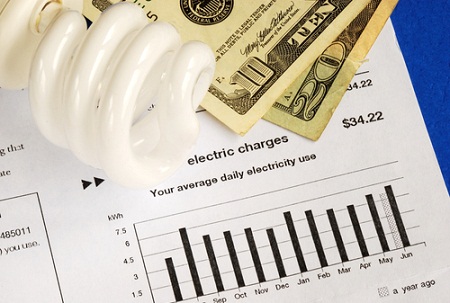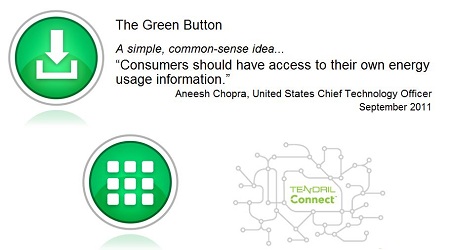Out of sight, out of mind — that’s how most Americans seem to feel about their energy usage, until the utility bill appears. The key to smaller bills for consumers, greater efficiencies for utilities and reduced carbon emissions for the nation as a whole appears to lie in better, clearer, real-time information on home energy usage, along with smart strategies for reducing consumption (and even automating those strategies). Welcome to the era of home energy management tech.
In recent years, it seems, everyone from GE to Google has been jumping on the home energy management bandwagon, but with mixed results. While plenty of people want to save on their energy bills, few, it seems have been willing to make using Web-based applications like the Google PowerMeter or the Microsoft Hohm part of their everyday lives. As Steven Castle points out, this technology is brand new. But in this age of ubiquitous, instantaneous information — via text alerts, the web, etc. — doesn’t it seem outdated to only have access to our energy usage data on paper, and to always receive it a month late?

The White House appears to agree. Last September, United States Chief Technology Officer Aneesh Chopra issued a challenge to utilities across the country to develop a tool to provide consumers with timely access to their own energy data with the click of a single button online. Now he’s backing up that challenge with the Green Button initiative, an administration-led effort with the goal of providing citizens from sea to shining sea with easy access to their energy usage data in a “consumer-friendly and computer-friendly format” via a “Green Button” on electric utilities’ websites.
Among the utilities rising to that challenge are the San Diego Gas & Electric (SDG&E) and Pacific Gas and Electric Company — the California companies are the first in the nation to implement a Green Button (Southern California Edison is backing the effort, too, and said it will be buttoned up before the end of the year). Which means that these utilities’ customers now have access to, yes, a Green Button — i.e., a link available in the customer’s online account portal that provides detailed information on when they use electricity, and how much.
Who’s providing the tech connecting info from individual meters to this page? Why Tendril, of course, the company known for its home energy management in-home display product, the Tendril Vision. For the California utilities, the Green Button will be supported by Tendril Connect, a cloud-based platform. As an added bonus, Tendril also plans to unveil GreenButtonConnect.com, a free online application gallery where consumers can securely upload their Green Button data free of charge and find apps translating that data into actionable information.

Up to 13 months of past energy consumption data can be instantly exported into standardized file formats for easy export to other applications via the Green Button. This means easy access not only for the homeowner, but for certified contractors performing energy audits for that homeowner, a key feature of the service in a market increasingly oriented towards energy efficient home improvement. SDG&E even foresees its Green Button info inspiring “innovative consumer applications and devices from entrepreneurs, businesses, and students.”
As other utilities follow suit, whether homeowners get in the habit of pushing the Green Button remains to be seen. But if information is power, such initiatives, sooner or later, will help us all save cash and carbon.